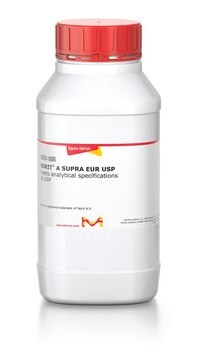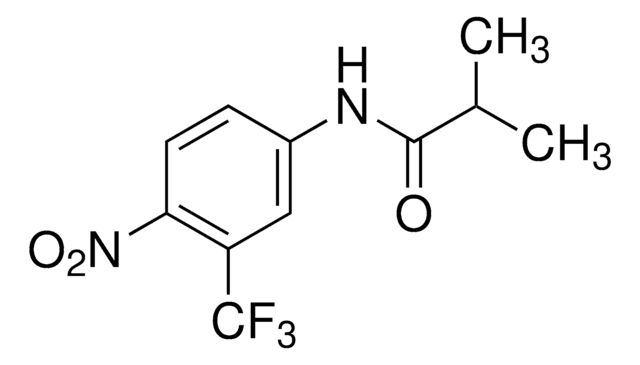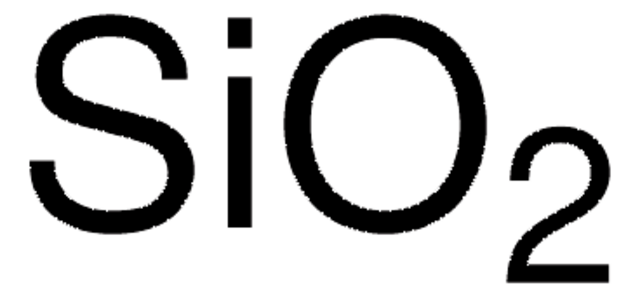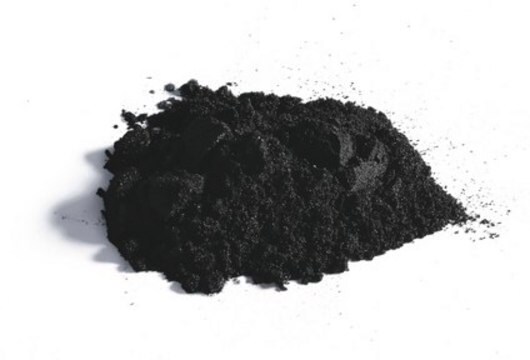97876
Activated Charcoal Norit®
Norit® CA1, wood, chemically activated, powder
Sinónimos:
Charcoal activated Norit®
About This Item
Productos recomendados
biological source
wood
form
powder
quality
chemically activated
manufacturer/tradename
Norit® CA1
greener alternative product characteristics
Design for Energy Efficiency
Learn more about the Principles of Green Chemistry.
sustainability
Greener Alternative Product
technique(s)
ion chromatography: suitable
ign. residue
≤4.0%
loss
≤16% loss on drying
greener alternative category
SMILES string
[C]
InChI
1S/C
InChI key
OKTJSMMVPCPJKN-UHFFFAOYSA-N
¿Está buscando productos similares? Visita Guía de comparación de productos
General description
Application
- Separating gas mixtures, such as; hydrogen-hydrocarbons,
- Gas drying;
- Selective gas adsorption
- Gas storage
Legal Information
Certificados de análisis (COA)
Busque Certificados de análisis (COA) introduciendo el número de lote del producto. Los números de lote se encuentran en la etiqueta del producto después de las palabras «Lot» o «Batch»
¿Ya tiene este producto?
Encuentre la documentación para los productos que ha comprado recientemente en la Biblioteca de documentos.
Los clientes también vieron
Nuestro equipo de científicos tiene experiencia en todas las áreas de investigación: Ciencias de la vida, Ciencia de los materiales, Síntesis química, Cromatografía, Analítica y muchas otras.
Póngase en contacto con el Servicio técnico




